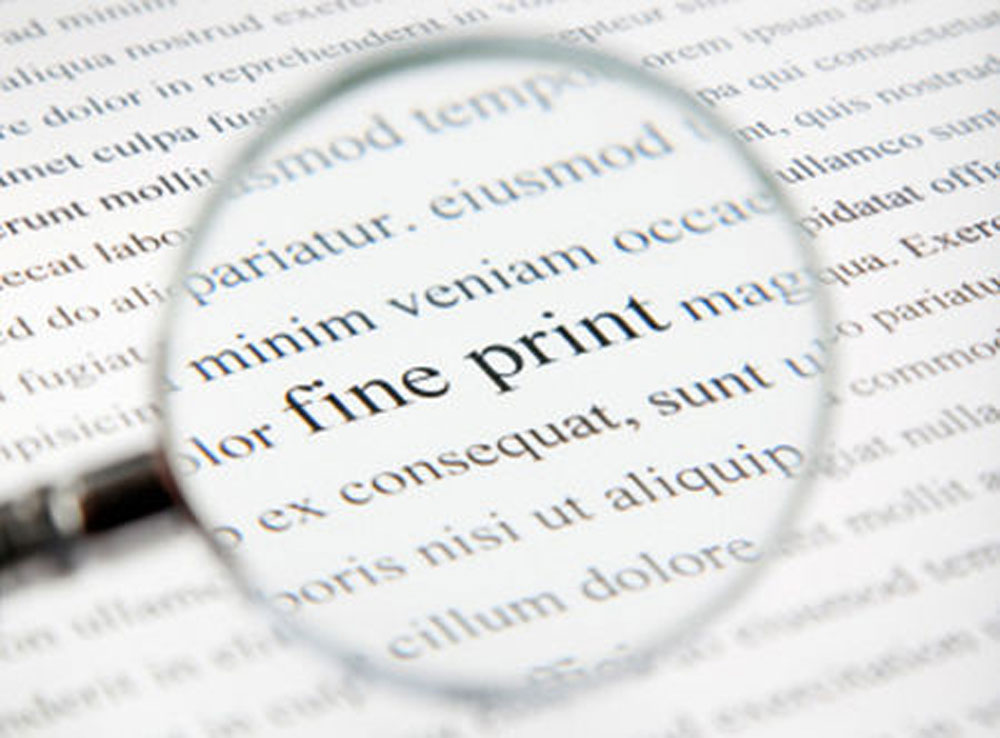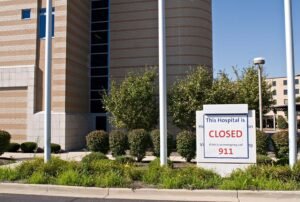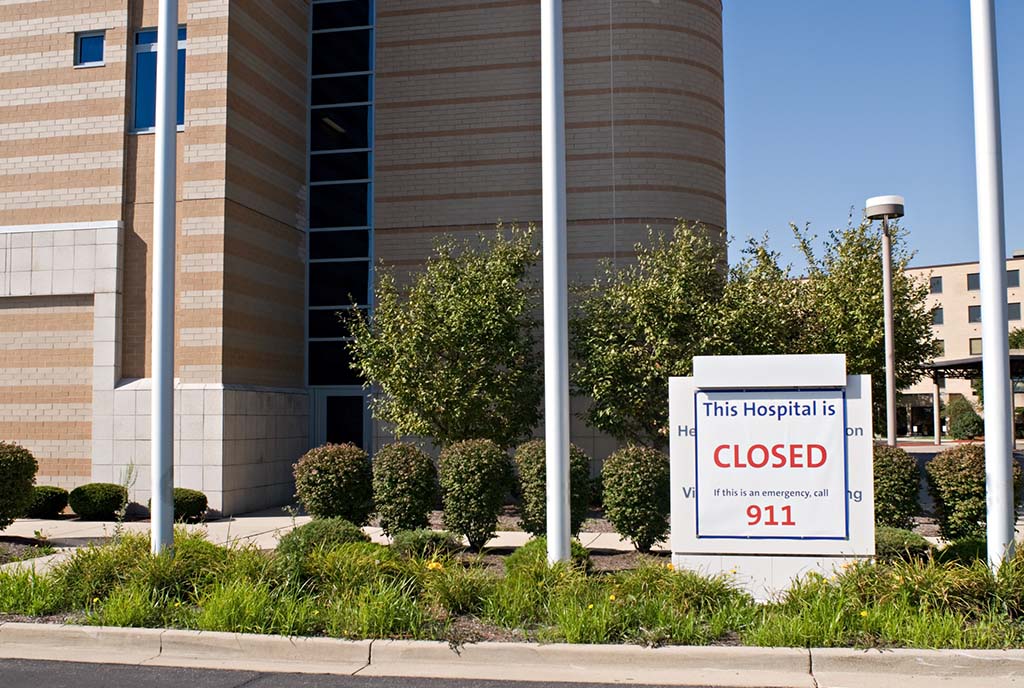
Last Friday, the House passed the Coronavirus Aid, Relief, and Economic Security (CARES) Act and the President signed it into law. Lawmakers on both sides of the aisle already are talking about yet another major coronavirus response package. Let’s set that aside for today and focus instead on some key elements of the CARES Act for nonprofits.
As noted in last week’s article, “How Nonprofits Can Utilize the New Federal Laws Dealing with COVID-19,” the new massive piece of legislation contains many provisions of interest to charitable nonprofits, some of sector-wide import and others to specific subsectors (such as emergency funding for cultural organizations, higher education, and community health centers).
Sign up for our free newsletters
Subscribe to NPQ's newsletters to have our top stories delivered directly to your inbox.
By signing up, you agree to our privacy policy and terms of use, and to receive messages from NPQ and our partners.
Embedded within the CARES Act are three distinct loan programs that charitable nonprofits can tap to get cash to retain or rehire staff, meet operating costs, and, thus, advance their missions. The following summaries provide high-level overviews before you dive deep into the details.
- The Paycheck Protection Program is an emergency loan program based on the SBA’s longstanding 7(a) loan process, but with significant enhancements that will assist nonprofits. The new loan program enables charitable nonprofits and for-profit entities with 500 or fewer employees to secure funds to pay staff and operating costs for two months. Follow the rules carefully, and the loans will be forgiven in whole or in part. Because this new program is being built on the SBA’s popular 7(a) process, which is run through about 1,800 local lending institutions (and efforts are underway to expand that number), the learning curve for private bankers should not be too steep (we hope). Still, the SBA has until April 11 to announce its guidance, so it will take a little while before employers can apply for these loans. Congress appropriated $349 billion for this program.
- The Expanded Economic Injury Disaster Loan (EIDL) & Emergency Grants (SBA 7(b) Loans) applies looser credit standards than the EIDL has had in place and creates a rapid grant procedure that could put $10,000 in a nonprofit’s hands within three days to pay salary and operating expenses. Not every charitable organization qualifies for the EIDL program, but it’s a valid option for many. The CARES Act set aside $10 billion total for the coronavirus disaster EIDL.
- A promised Mid-Size Loan Program may be right for nonprofit and other entities with between 500 and 10,000 employees. It’s designed to help ensure organizations can retain at least 90 percent of their workforces. But it still needs to be designed and built out, meaning it will take longer to access this program than the other two.
To help you parse through the jargon and decide which loan program may be best for your organization, the National Council of Nonprofits prepared a chart, “Loans Available for Nonprofits in the CARES Act,” which you can download here.










